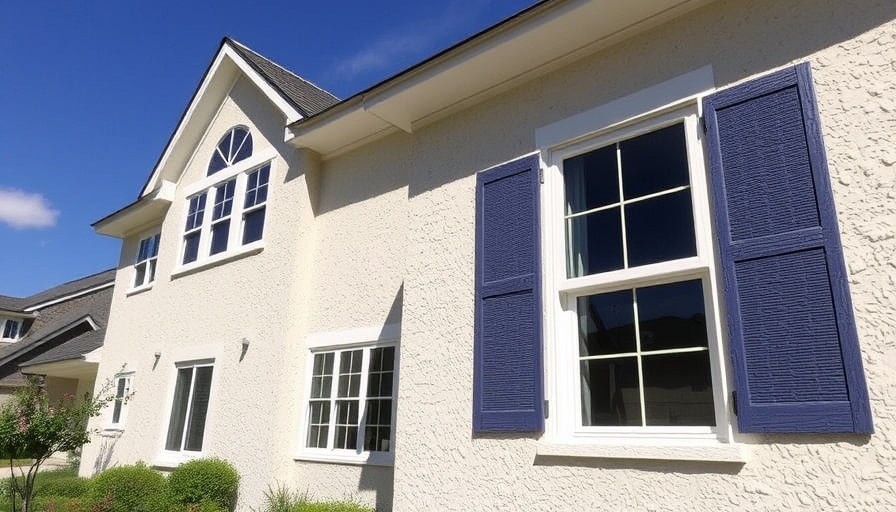
Rethinking Prefab Homes: Why They Deserve More Attention
The concept of prefab houses often conjures up images from the past—poorly designed structures hastily assembled in a field. However, today's prefab homes have evolved into innovative solutions that meld sustainability with modern aesthetics, yet they remain surprisingly underrated. Why is that?
Understanding the Advantages of Prefab Homes
Modern prefabricated houses are not just quick fixes; they encompass a range of benefits that can significantly enhance home ownership experiences. These homes are produced in controlled environments, ensuring that construction happens efficiently, safely, and with optimum use of resources. The assembly-line nature adapted from industries like automotive manufacturing reduces costs and minimizes waste, translating to a more environmentally friendly construction process.
Addressing Common Misconceptions
A pivotal challenge that prefab homes face is a myriad of myths. For instance, many potential buyers stereotype them as "cheap" or "inferior," forgetting that, like traditional homes, the quality of a prefab largely depends on the builder. It's essential to distinguish between reputable manufacturers offering engineered solutions and low-quality options which can lead to lasting skepticism.
The Influence of Government Initiatives
Recent initiatives, like Canada's Build Homes initiative, are promising for the prefab housing market. By encouraging the growth of this sector, governments aim to tackle pressing housing shortages while promoting eco-friendly practices. Consequently, the prefab market is not simply about affordability; it's part of a broader strategy to make housing more accessible in urban centers like London.
Partnership With Sustainable Technologies
Integrating modern sustainable technologies into prefab designs boosts energy efficiency and durability. With eco-friendly materials and designs that prioritize energy conservation, new-age prefab homes can heavily mitigate a household’s carbon footprint. For instance, incorporating solar panels and rainwater harvesting systems in modular designs presents a compelling argument for homeowners looking to invest in the future.
Real Estate Trends and Resale Value
Some may worry about the long-term value of prefab homes, but trends suggest otherwise. As real estate continues to evolve in response to climate considerations, the market for eco-friendly, resilient homes is expanding. This makes the resale value of quality prefab homes competitive with traditional homes, particularly among environmentally conscious buyers.
Moving Towards Broader Acceptance
The path to broader acceptance of prefab houses lies in education and awareness—clarifying their benefits and dispelling myths surrounding their construction. For home buyers in the London area, prefab homes warrant serious consideration, particularly with their promise of sustainability and innovative design. Engaging with communities and leveraging local resources can further enhance the adoption of these structures, ensuring that both potential buyers and builders are informed.
As homeowners in the London area, consider the long-term benefits, financial savings, and sustainability aspects offered by prefab houses. They represent not just a new wave of building technology, but an opportunity for a double win: stylish, modern homes that fit harmoniously within ecological frameworks.
 Add Row
Add Row  Add
Add 




Write A Comment